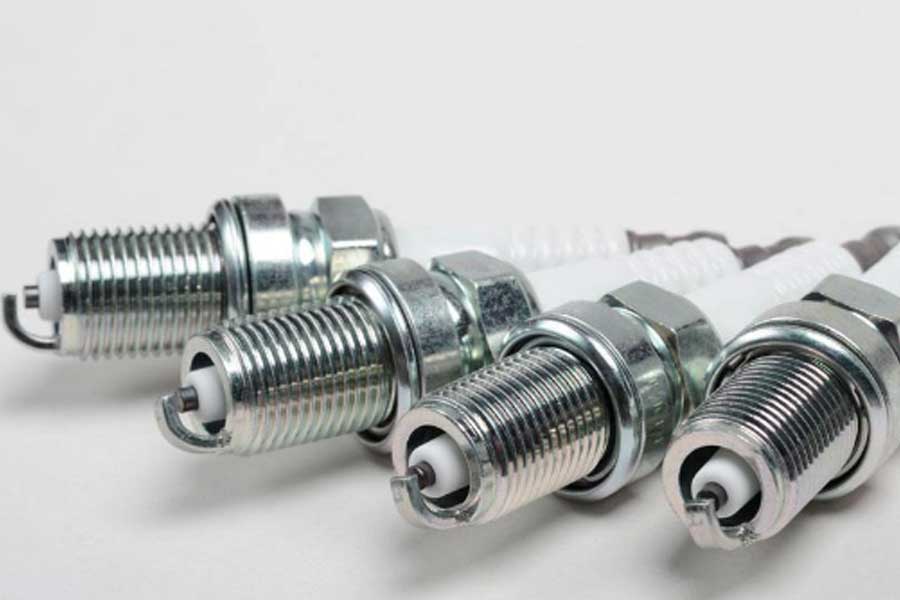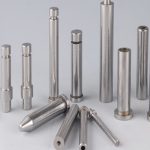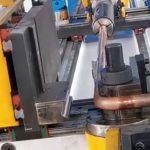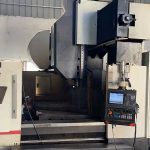Electroplating zinc-nickel Alloy refers to the formation of a coating film on the surface of the plated parts at a ratio of zinc to nickel 9:1. This protective coating has developed rapidly in recent years due to its excellent corrosion resistance and is widely used in automobiles, aviation, electronics and other industries.
Following the rapid development is the increase in the difficulty of zinc-nickel alloy wastewater treatment. Due to the instability of the zinc-nickel alloy electroplating solution, additives need to be added to the zinc-nickel alloy electroplating solution to maintain the balance of the electroplating solution. Complexing agents such as citric acid, tartaric acid, and amine organics are the most difficult for wastewater treatment. In the electroplating bath, these complexing agents can avoid reduction and precipitation by complexing zinc and nickel ions. The potent effect of sulphur is long-lasting, resulting in the formation of a large number of zinc-nickel chelating groups in the wastewater that are difficult to remove.

In the early stage of development of zinc-nickel alloy plating, people’s treatment of wastewater was relatively simple, causing a large amount of heavy metals to flow into the river, causing unpredictable damage to the ecology. With the awakening of people’s awareness of ecological protection, wastewater treatment technology has also continued Development and innovation. At the moment, China’s discharge standards for electroplating wastewater are the strictest in the world, accompanied by the world’s most advanced electroplating wastewater treatment technology. For zinc-nickel alloy wastewater only, from the initial single sodium sulfide treatment and sodium hypochlorite After the first generation remover and the second generation remover are gradually derived from the complex, the zinc-nickel alloy treatment agent HMC-M2 can directly compete with the complexing agent for zinc-nickel ions without breaking the complex. According to the The principle and effect of the medicament and the treatment technology of zinc-nickel alloy wastewater can be said to be enough to closely follow the continuous innovation of zinc-nickel electroplating solution formulations within five years.
The specific principle of HMC-M2 is that after dissolving in water, it can combine with zinc and nickel ions in the aqueous solution to form groups, and then through the supporting precipitation process, the groups are aggregated together to form larger particles, and finally separated from the water by gravity. The core is that the chelating ability of the substance to zinc and nickel ions is higher than that of complexing agents such as citric acid, so there is no need to destroy the chelating groups already formed in the water, so that the treatment process is gradually simplified; in addition, its chelation The strong ability is reflected in the actual treatment results, which can achieve the nickel ion concentration in the water body <0.1mg/l and the zinc ion concentration <1mg/l, which are below the limit of Table 3 of the highest discharge standard for electroplating wastewater. It is widely used at present. Stable processing technology.
Link to this article: New technology of zinc-nickel alloy wastewater treatment
Reprint Statement: If there are no special instructions, all articles on this site are original. Please indicate the source for reprinting:https://www.cncmachiningptj.com/,thanks!
 Sheet metal, beryllium, carbon steel, magnesium, 3D printing, precision CNC machining services for heavy equipment, construction, agriculture and hydraulic industries. Suitable for plastics and rare alloys machining. It can turn parts up to 15.7 inches in diameter. Processes include swiss machining,broaching, turning, milling, boring and threading. It also provides metal polishing, painting, surface grinding and shaft straightening services. The production range(include Aluminum die casting and zinc die casting) is up to 50,000 pieces. Suitable for screw, coupling, bearing, pump, gearbox housing, drum dryer and rotary feed valve applications.PTJ will strategize with you to provide the most cost-effective services to help you reach your target,Welcome to Contact us ( [email protected] ) directly for your new project.
Sheet metal, beryllium, carbon steel, magnesium, 3D printing, precision CNC machining services for heavy equipment, construction, agriculture and hydraulic industries. Suitable for plastics and rare alloys machining. It can turn parts up to 15.7 inches in diameter. Processes include swiss machining,broaching, turning, milling, boring and threading. It also provides metal polishing, painting, surface grinding and shaft straightening services. The production range(include Aluminum die casting and zinc die casting) is up to 50,000 pieces. Suitable for screw, coupling, bearing, pump, gearbox housing, drum dryer and rotary feed valve applications.PTJ will strategize with you to provide the most cost-effective services to help you reach your target,Welcome to Contact us ( [email protected] ) directly for your new project.
Link to this article:New technology of zinc-nickel alloy wastewater treatment
Reprint Statement: If there are no special instructions, all articles on this site are original. Please indicate the source for reprinting:Alloy Wiki,thanks!^^







